Pheasants will roam but if they wander over the boundary from next door’s shoot to yours is it OK to add them to the bag, asks Will Martin

As I stared out of my study window, over the garden and up the valley, there were nine pheasants milling around with the chickens. I watched their odd mannerisms, which involved running around in circles before settling down to feed and, in one case, being chased by Turk, the resident Christmas turkey.
I wondered where on earth they had come from and whether there was any chance that they might move into the cover above the garden from where I could drive them out. Their source, I decided, is most probably my neighbour’s release pens but I do wonder if my desire to put a couple in the freezer is good form.
For many years my father, grandfather and I have run a tiny wild bird shoot and I continue to do so. We would put down a couple of hundred ex-layers every other year and focus on building up our wild birds. We worked tirelessly through the spring, keeping a check on the foxes, creating new habitat, drying some areas of cover, wetting others. We would spend hundreds if not thousands of pounds on feeding our birds and loved every minute of it.
The result would be three days where the bag could be 25 or five, but what days they were. One notable January Saturday the bag consisted of 12 woodcock, six pheasants, four mallard, two snipe, a squirrel and a pigeon. On another crisp January morning, having been through three covers, the bag held a solitary pigeon; we didn’t see a sign of a pheasant nor a whisper of a woodcock.
Our hard work during the spring would pay dividends. As the nights started drawing in and the leaves began to fall, the population of pheasants would balloon. I’d like to suggest that this was merely a result of the thinning cover and the shortage of wild food. While I’m sure that these factors played their part, it would not explain going through 25kg of wheat one week and 75kg the next.
Denne historien er fra November 8 2017-utgaven av Shooting Times & Country.
Start din 7-dagers gratis prøveperiode på Magzter GOLD for å få tilgang til tusenvis av utvalgte premiumhistorier og 9000+ magasiner og aviser.
Allerede abonnent ? Logg på
Denne historien er fra November 8 2017-utgaven av Shooting Times & Country.
Start din 7-dagers gratis prøveperiode på Magzter GOLD for å få tilgang til tusenvis av utvalgte premiumhistorier og 9000+ magasiner og aviser.
Allerede abonnent? Logg på
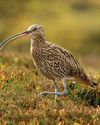
United we stand
Following United Utilities' decision to end grouse shooting on its land, Lindsay Waddell asks what will happen if we ignore our vital moors

Serious matters
An old gamebook prompts a contemplation on punt-gunning
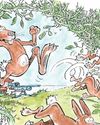
They're not always as easy as they seem
While coneys of the furry variety don't pose a problem for Blue Zulu, he's left frustrated once again by bolting bunnies of the clay sort
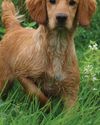
Debutant gundogs
There's lots to think about when it comes to making the decision about when to introduce your dog to shooting

When the going gets rough
Al Gabriel returns to the West London Shooting School to brush up on his rough shooting technique

The Field Guide To British Deer - BDS 60th Anniversary Edition
In this excerpt from the 60th anniversary edition of the BDS's Field Guide To British Deer, Charles Smith-Jones considers the noise they make
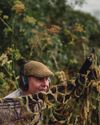
A step too far?
Simon Garnham wonders whether a new dog, a new gun and two different fields in need of protection might have been asking too much for one afternoon's work
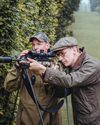
Two bucks before breakfast
A journey from old South London to rural Hertfordshire to stalk muntjac suggests that the two aren't as far detached as they might seem
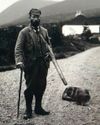
Stalking Diary
Stalkers can be a sentimental bunch, and they often carry a huge attachment to their hill

Gamekeeper
Alan Edwards believes unique, private experiences can help keepers become more competent and passionate custodians of the countryside